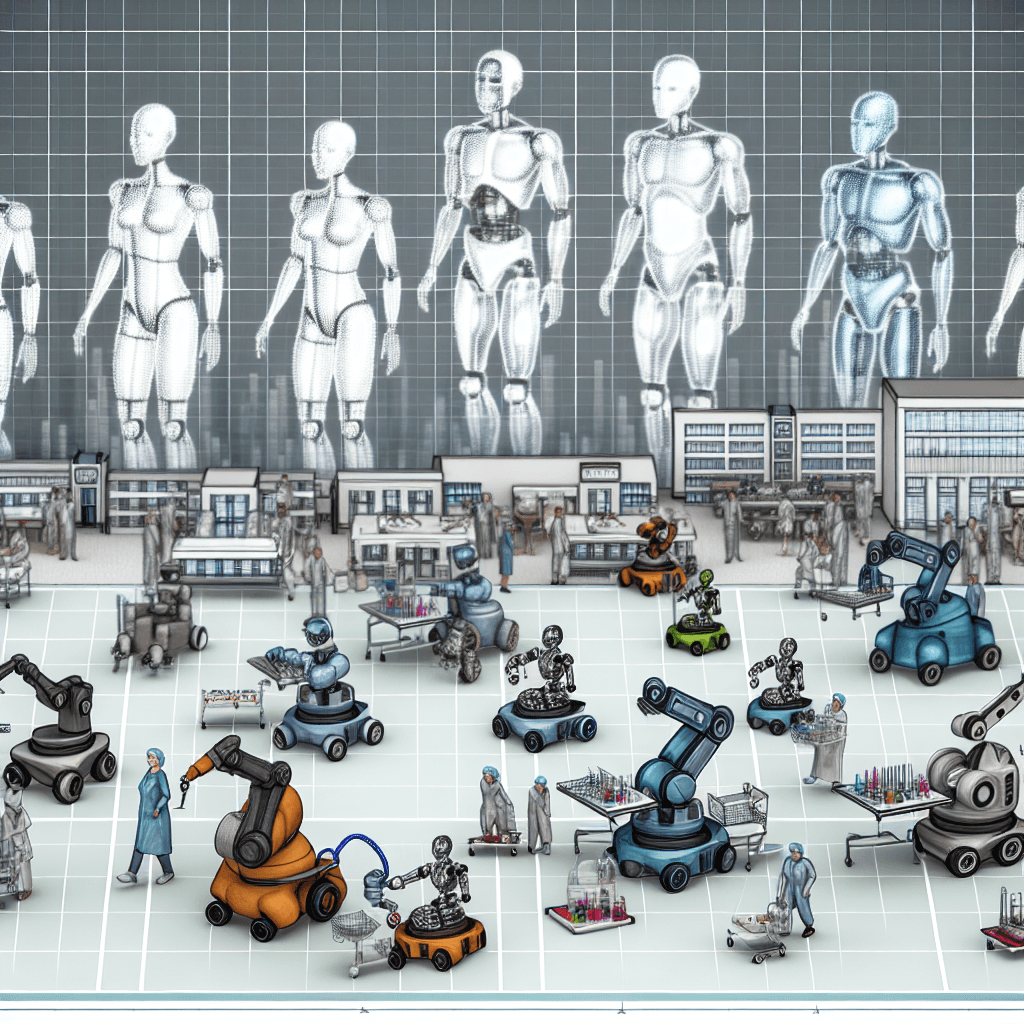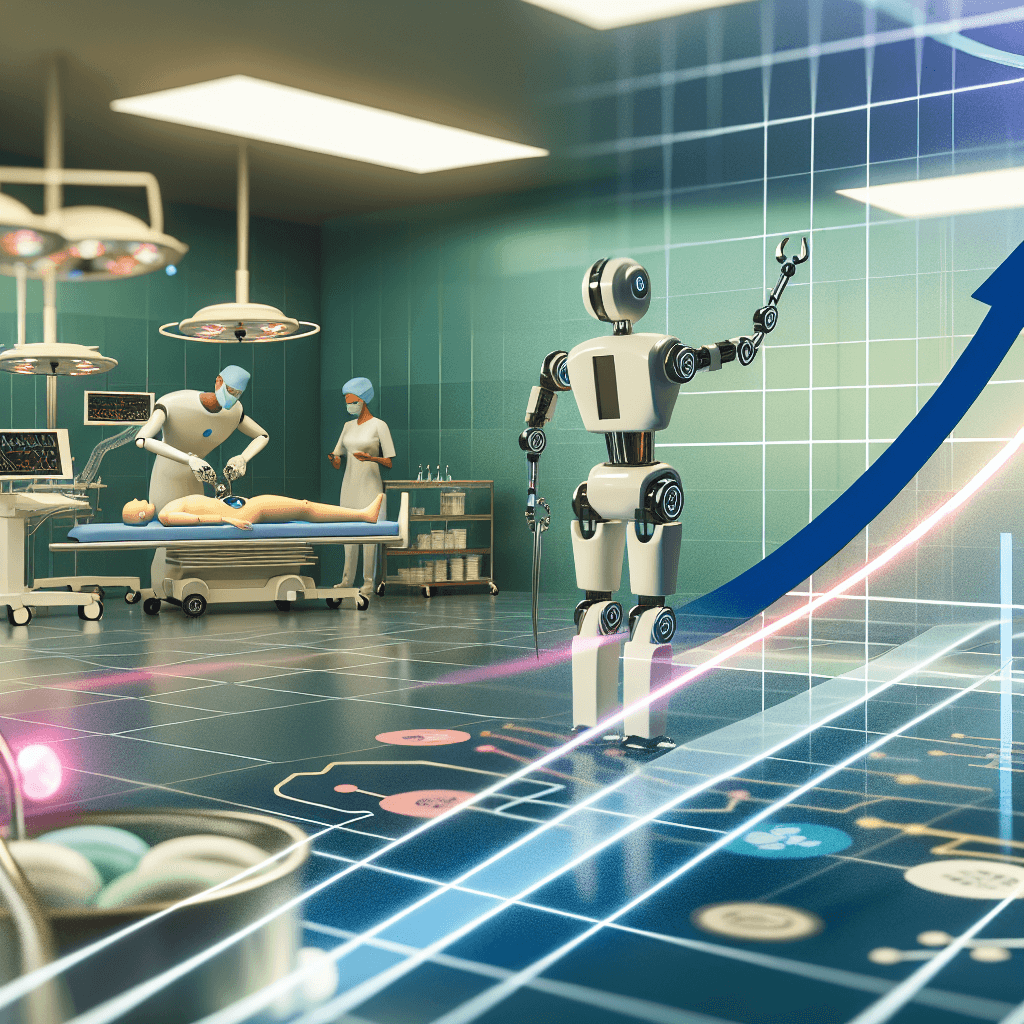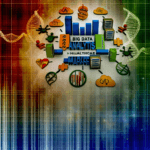Explore the growth and trends in the Robotic Process Automation (RPA) healthcare market, with size and forecasts.
Robotic Process Automation In Healthcare Market Size & Forecast

Table of Contents
Robotic Process Automation in Healthcare: Market Size & Forecast

The healthcare industry is increasingly turning to Robotic Process Automation (RPA) to streamline operations, reduce costs, and improve patient care. This article explores the current market size, projected growth, and the various applications of RPA in healthcare. It also examines case studies and statistical evidence to provide a comprehensive overview of this transformative technology.
Understanding Robotic Process Automation (RPA)
Robotic Process Automation (RPA) refers to the technology that allows organizations to automate routine and typically labor-intensive activities. RPA software robots can mimic human actions, such as entering data, processing transactions, and even communicating with other systems. The adoption of RPA in healthcare is driven by the need to handle large volumes of data, ensure accuracy in medical records, and optimize overall operational efficiency.
Current Market Size
The global market for RPA in healthcare has witnessed significant growth over the past few years. According to a report by Grand View Research, the market was valued at approximately USD 125.2 million in 2020 and is expected to grow at a compound annual growth rate (CAGR) of 20.6% from 2021 to 2028. This growth is attributed to the increasing demand for automation to reduce the administrative burden on healthcare providers.
Market Drivers
- Need for Efficiency and Cost Reduction: Healthcare organizations are under constant pressure to improve efficiency and reduce costs while maintaining high standards of patient care.
- Increasing Healthcare Data: The exponential growth of healthcare data requires robust systems for accurate and efficient processing.
- Regulatory Compliance: Compliance with healthcare regulations and standards necessitates meticulous record-keeping and data management, areas where RPA can play a significant role.
Forecast and Future Trends
Looking ahead, the RPA market in healthcare is expected to continue its upward trajectory. Technological advancements and the integration of artificial intelligence (AI) with RPA are likely to create new opportunities for further automation. Moreover, as healthcare systems globally continue to embrace digital transformation, RPA’s role becomes increasingly critical.
Applications of RPA in Healthcare
RPA has a wide range of applications in healthcare, which include but are not limited to:
- Patient Appointment Scheduling: Automating the scheduling of patient appointments to improve efficiency and patient satisfaction.
- Billing and Claims Processing: RPA can streamline the billing and claims process, reducing errors and improving turnaround time.
- Regulatory Compliance: Ensuring compliance with health regulations through automated data management and audit trails.
- Healthcare Supply Chain Management: Automating inventory management and logistics to ensure the timely availability of medical supplies.
Case Studies
Several healthcare organizations have successfully implemented RPA to improve their operations. For example, a major hospital in the United States used RPA to automate the processing of patient records and billing. This implementation not only reduced manual errors but also improved the speed of processing claims by 50%. Another case involved a healthcare provider in Europe that used RPA to manage patient data across multiple platforms, significantly improving data accuracy and access.
Challenges and Considerations
While RPA offers numerous benefits, there are challenges that healthcare organizations must consider:
- Integration with Existing Systems: Integrating RPA with existing healthcare IT systems can be complex and requires careful planning.
- Change Management: Employees may resist the adoption of RPA due to fears of job displacement or changes in workflow.
- Data Security: Handling sensitive patient data requires RPA solutions to be secure and compliant with healthcare regulations.
Conclusion
The adoption of Robotic Process Automation in healthcare is set to transform the industry by improving efficiency, reducing costs, and enhancing patient care. With a robust market growth forecast and a wide range of applications, RPA is becoming an essential tool in the digital transformation of healthcare. However, successful implementation requires addressing integration challenges, managing change effectively, and ensuring strict compliance with data security standards. As the technology evolves, healthcare providers that embrace RPA will likely gain significant competitive advantages in the increasingly digital future of healthcare.
In conclusion, the future of healthcare is inextricably linked with technological advancements such as RPA. By understanding and leveraging this technology, healthcare providers can significantly enhance operational efficiencies and patient outcomes.








